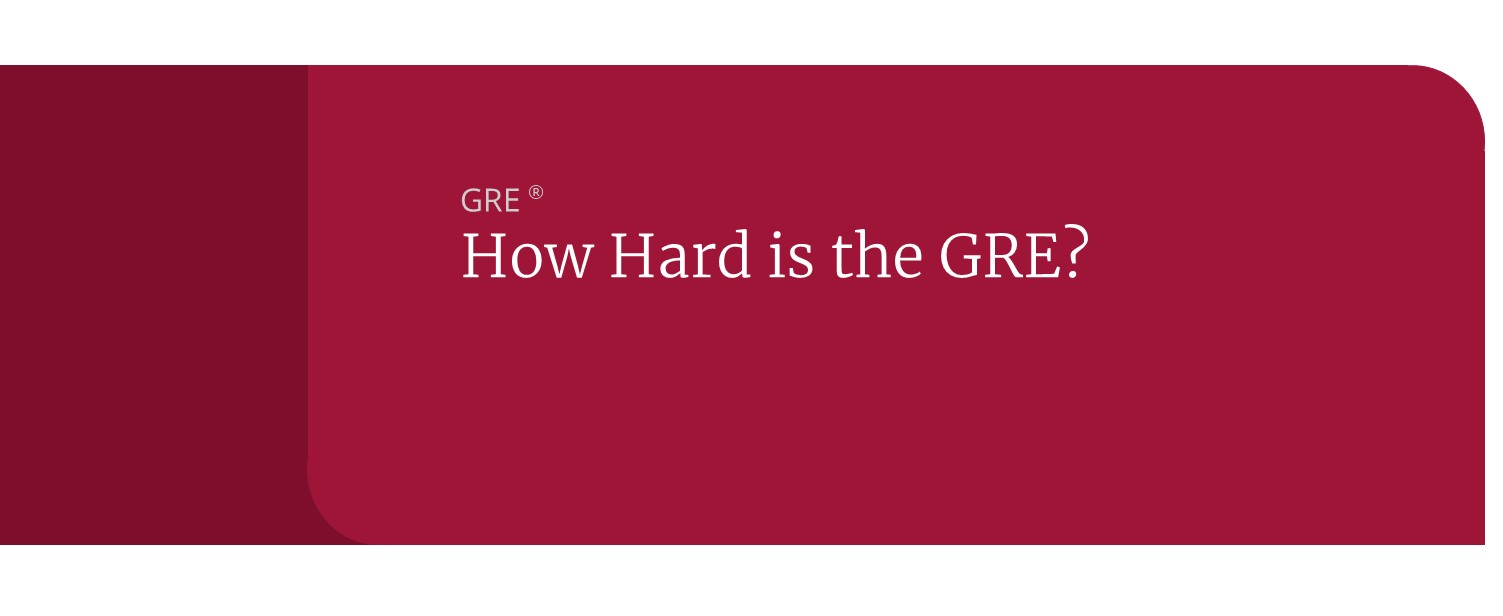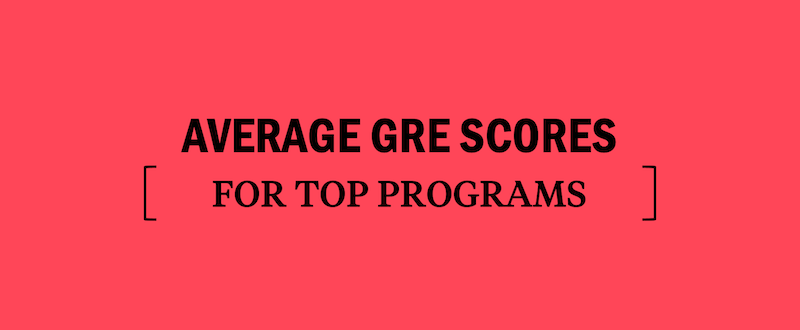What's on the GRE: GRE Quantitative Section
The GRE Math (or Quantitative) sections consist of Quantitative Comparison, Problem Solving, and Data Interpretation question types.
You will have 47 minutes to complete 27 Quantitative Reasoning questions in 2 sections on the GRE. 21 minutes to work on the first Quantitative Reasoning section and 26 minutes to work on the second section.
The questions in section one and section 2 will be an assortment of Quantitative Comparison, Problem Solving, and Data Interpretation questions, and you’ll have between 1.5 and 2 minutes to answer each question. You’ll see questions covering basic arithmetic, algebra, geometry, and data analysis.
However, the question types are not distributed equally. On your GRE, you will see all the Quantitative Comparison questions first, then Problem Solving questions. Near the end of the Problem Solving questions, you’ll encounter the Data Interpretation questions, presented as a set.
[ RELATED: GRE Verbal Section & GRE Analytical Section ]
Quantitative Comparison Questions
Quantitative Comparison questions ask you to compare 2 quantities—Quantity A and Quantity B—and to identify the relationship between them. You’ll likely see about 7–8 of these in each quantitative section.
To master Quantitative Comparison questions, get familiar with shortcut methods that allow you to compare rather than calculate—it tends to be faster.
Quantitative Comparison Sample Question
w > x > 0 > y > z
Quantity A Quantity B
w + y x + z
(A) Quantity A is greater.
(B) Quantity B is greater.
(C) The two quantities are equal.
(D) The relationship cannot be determined from the information given.
Answer Explanation
The correct answer is (A).
In this problem, there are four variables: w, x, y, and z. You are asked to compare the values of the sums of pairs of variables. You know the relative values of the different variables, but you don’t know the actual amounts. You do know that two of the variables(w and x) must be positive and two of the variables (y and z) must be negative numbers.
In this case, think about the different sums as pieces of the whole. If every “piece” in one quantity is greater than a corresponding “piece” in the other quantity, and if the only operation involved is addition, then the quantity with the greater individual values will have the greater total value. From the given information, we know the following:
w > x
y > z
The first term, w, in Quantity A is greater than the first term, x, in Quantity B. Similarly, the second term, y, in Quantity A is greater than the second term, z, in Quantity B. Because each piece in Quantity A is greater than the corresponding piece in Quantity B, Quantity A must be greater; the answer is (A).
Problem Solving Questions
You will likely see roughly 13 Problem Solving questions on the GRE. The most common Problem Solving questions are standard multiple-choice questions with 5 choices and one correct answer.
Variants include questions that ask you to select 1 or more answer choices from a list (all-that-apply) and questions that ask you to enter your answer in a box (numeric entry).
To master Problem Solving questions, you should familiarize yourself with the math foundations that are tested, as well as strategies that allow you to approach calculations strategically. You will not see trigonometry, calculus, or any other high-level math.
There are also a handful of Problem Solving questions associated with a set of charts or graphs. These are Data Interpretation Questions. The questions—there will typically be 4 of them—work like other Problem Solving questions, but the questions pertain to info you’ll find in the charts or graphs.
Problem Solving Sample Question
In a bag of candy, 7 of the candies are cherry flavored, 8 are lemon, and 5 are grape. If a candy is chosen randomly from the bag, what is the probability that the candy is not lemon?
You’ll need to type your numeric answer as a fraction in the boxes provided on the actual exam.
Answer Explanation
The correct answer is 12/20 (or 3/5).
You are given the number of candies in a bag and asked to identify the probability that a randomly selected candy is not lemon flavored. You will have to type your answer into the box. The probability of an event is defined as (Number of desired outcomes/Number of possible outcomes). You will need to find the number of desired outcomes (those in which you don’t choose a lemon candy) and the total number of possible outcomes.
There are 20 candies in the bag, so there are 20 possible outcomes. Of all the candies, 12 are not lemon, so there are 12 desired outcomes. So, the probability of not lemon is 12/20. You should avoid reducing fractions for Numeric Entry questions, since all equivalent forms will be counted as correct. Save your time for other questions and limit your risk of committing an error in calculation.
[ GOOD TO KNOW: Rates and Work Questions & High-Yield Topics ]
Data Interpretation Questions
Like we mentioned some Problem Solving questions are also Data Interpretation Questions. These questions will be associated with a set of charts or graphs.
Expect approximately 4 Data Interpretation questions on the GRE and the primary function of these questions is to test your graph interpretation skills.
Kaplan Expert Tips
As a multi-stage test, the GRE allows you to move freely backward and forward within each section, which can be a big advantage on Test Day. If you get stuck on a particular question, you can mark it and come back to it later when you have time. You only score points for correct answers, so you don’t want to get bogged down on one problem and lose time you could have used to answer several other questions correctly.




